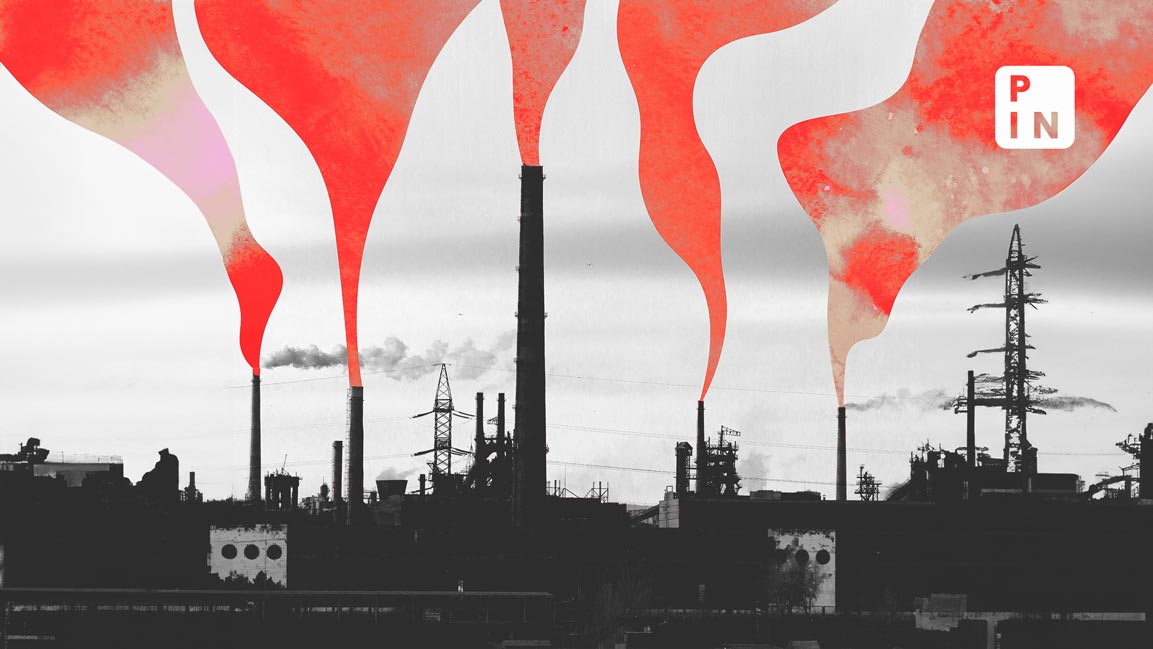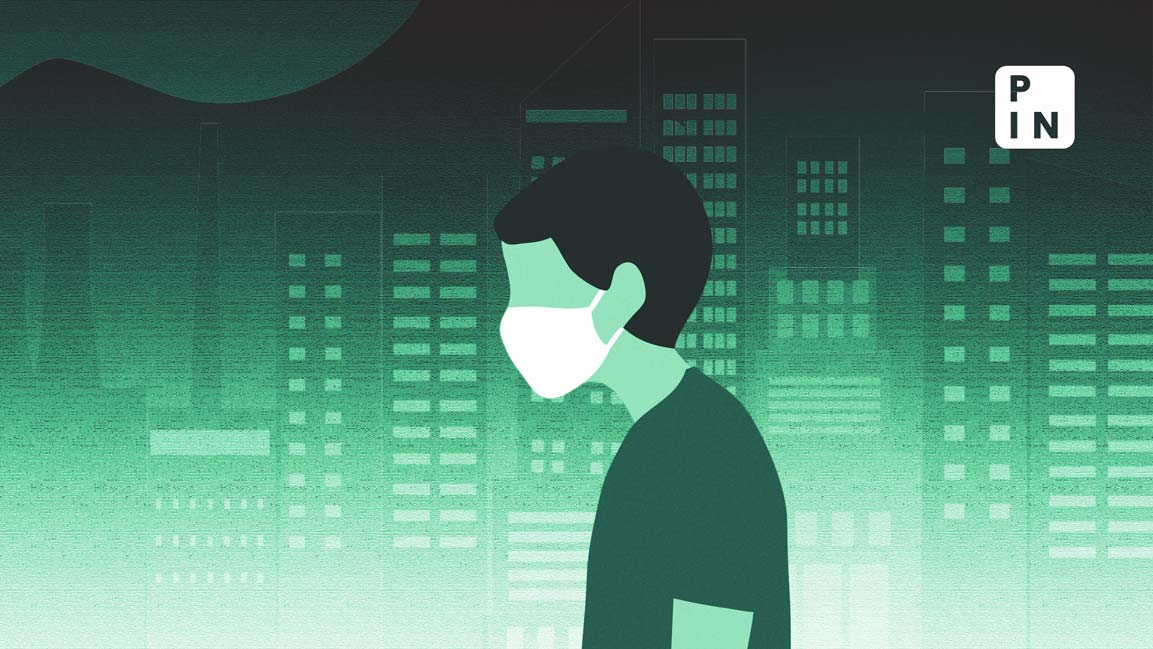- | 6:11 pm
Air pollution takes a toll even in ‘clean’ Indian cities: Lancet
Study shows underestimated health risks from air pollution even in 'clean' cities such as Bengaluru, Mumbai, and Chennai

Air pollution has taken a toll even in ‘clean’ Indian cities, previously thought to have safe air quality, a Lancet study released this week showed.
Across 10 major Indian cities, an estimated 7.2% of all deaths – about 33,000 annually – could be attributed to air pollution levels exceeding World Health Organization’s (WHO) guidelines, according to the study published in The Lancet Planetary Health.
Even though these levels were considered safe by Indian air quality standards, the study showed a health risk previously underestimated in cities like Mumbai, Bengaluru, Chennai, and Kolkata, which haven’t traditionally been considered to be prone to air pollution woes.
The study analyzed particulate matter (PM 2.5) exposure data and daily mortality rates in Indian cities like Ahmedabad, Bengaluru, Chennai, Delhi, Hyderabad, Kolkata, Mumbai, Pune, Shimla, and Varanasi, between 2008 and 2019, and was conducted in collaboration with researchers from India, Sweden, and the US.
The risk of death from air pollution increased more sharply at a lower concentration of PM2.5 particles and tapered off at higher concentrations, the study found.
Even relatively low levels of PM2.5, below the current National Ambient Air Quality Standard (NAAQS) of 60 micrograms per cu. m (μg/m3) had an impact on the increase in the mortality rate.
The research also suggested that a 10 μg/m3 increase in PM2.5 exposure was associated with a 1.42% rise in daily deaths.
This multi-city study, according to the scientists, also highlights the need for a nationwide approach to tackling air pollution.
“Our analyses highlight air pollution’s substantial effects on death even in cities previously considered less polluted such as Mumbai, Bengaluru, Kolkata and Chennai,” said Dr. Bhargav Krishna, lead author of the study.
“The significant effects observed below the current Indian standards have implications for what we consider acceptable air quality, and emphasize the need for stringent year-round action across the whole country,” he added.
The current air quality standards in the country are less stringent than WHO guidelines suggest. This means that many regions outside of designated ‘non-attainment cities’ – which are cities that have exceeded the NAAQS consecutively over a 5-year period – still have unhealthy air quality, putting people at risk.
The study suggests that air pollution policies should be broadened to encompass a larger geographic area.
Additionally, efforts towards improving air quality should prioritize year-round action over measures focused solely on seasonal peaks.
The health risks associated with air pollution, particularly fine particulate matter (PM2.5), are substantial even at moderate levels.
Therefore, policy instruments like Graded Response Action Plans need to be adjusted to address air quality on a continual basis, not just during periods of extreme pollution, according to the study.
“The levels of air pollution we see in India are really extremely high and this study clearly shows how day-to-day variations in these levels leads to considerable mortality,” said Dr. Petter Ljungman, associate professor at the Karolinska Institutet, and one of the researchers.
“Interestingly we saw that local pollution sources are likely to be more toxic than more distant sources which has implications for policy makers addressing this highly relevant threat to human health,” he added.













